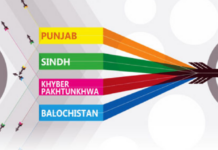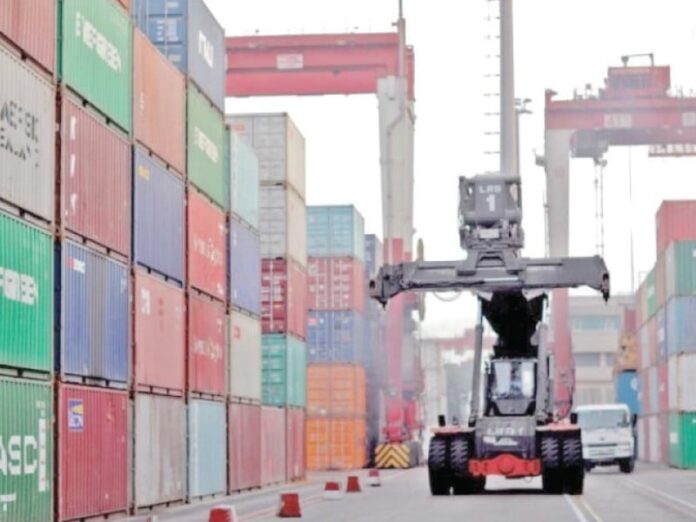Despite a fragile ceasefire between Pakistan and India, the country’s export sector remains uncertain. While political tensions ease, logistical delays and ongoing tariff challenges continue to affect shipments, with many international buyers still hesitant.
Exporters are particularly concerned about the ongoing disruptions to shipments and the nervousness among international buyers. Despite the ceasefire, which was brokered after intense border clashes, the political uncertainty has left many businesses facing mounting costs.
Prior to the conflict, exporters had already been struggling with the fallout from tariff issues with the United States. Although international buyers returned when the US imposed a temporary pause on tariffs, they now expect exporters to absorb a larger share of the tariff costs, which is severely impacting profit margins.
In addition to the political challenges, protests and logistical issues within the country have further hampered operations. Recent protests over water disputes in Sindh led to significant delays, with trucks carrying export goods being stranded for days. Exporters are now racing against the clock to clear shipments before the US tariff pause expires, as delays could result in losing buyers permanently.
Misinformation during the conflict, particularly claims from Indian media that Karachi Port had been destroyed, caused panic among international buyers. This has led to a freeze on new orders, and exporters are facing a lengthy battle to regain their clients’ trust.
Although there have been expressions of interest from US officials in boosting trade with Pakistan, exporters remain cautious. They believe that trade deals rely on private-sector partnerships rather than government announcements, and that unless Pakistan diversifies its exports, particularly into value-added products, these discussions will not result in significant growth.
The country’s economic difficulties continue to worsen, with Pakistan’s GDP growth projected at just 2.6% for 2025, far below the 5% required to curb rising unemployment. Inflation remains high, and businesses are struggling with escalating input costs and declining demand. Without structural reforms, economic recovery remains uncertain.
The textile industry, which accounts for 60% of Pakistan’s exports, faces increasing competition from regional players like Bangladesh and Vietnam. As global buyers demand innovation and sustainability, Pakistani businesses are finding it increasingly difficult to compete, particularly with limited access to technology and financing.
Despite the ongoing challenges, some see the fragile ceasefire with India as an opportunity to revive regional trade. A reopened trade route with India could reduce costs and boost exports for both countries, but with elections approaching in India and ongoing political instability in Pakistan, any breakthroughs remain uncertain.























